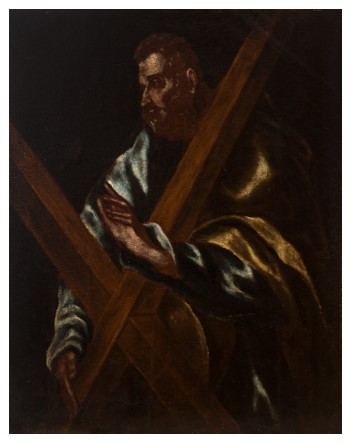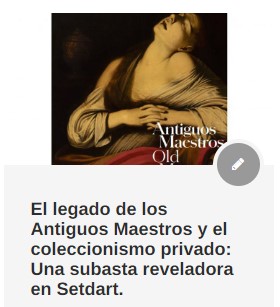Luis Tristán, El Greco's legacy in his disciples.
The Greek characters found on some of the masterpieces in the Prado Museum are the clearest example of pride, both in their origin and their craft: Δομήνικος Θεοτοκόπουλος. History has decided to nickname him “El Greco” because of his birth in Crete; there he assimilated the Byzantine icon tradition and later the Venetian taste of Titian and Tintoretto. These two influences would come together in a style of their own, unparalleled in Europe. This characteristic manner advanced a modernity that would take centuries to arrive, however, the imprint of his genius permeated his disciples.

The volume of his commissions as well as the dimensions of many of his works attest to the fact that the artist needed collaborators who would allow him to tackle colossal works. The most advanced would be Jorge Manuel, the artist’s son, and Luis Tristán, from Toledo. The latter would achieve a renowned reputation during his lifetime because, during his youth, in El Greco’s workshop he achieved such a high resemblance to the master’s works that, in some cases, they were even attributed to him. His style changed after his years in Italy when he was only twenty-one years old. Back in Toledo, his way of painting had turned towards a Caravagian naturalism, moving away from the Mannerist aesthetics, but without forgetting part of the baggage learned from his youth in the shadow of the Cretan genius.

This duality of styles could be manifested at the same time in a painting, opting to a greater or lesser extent for one, according to the client’s tastes or according to the resources that best suited him for each specific work. He is, therefore, a versatile author thanks to his influences and equally creative when it comes to creating his own models. His compositions were replicated by both his workshop and his followers. This fact proves that the legacy of his style and his works have endured to the present day. Setdart has presented in recent years several remarkable works by Luis Tristán, highlighting in the next auction the “San Jerónimo penitente”.





